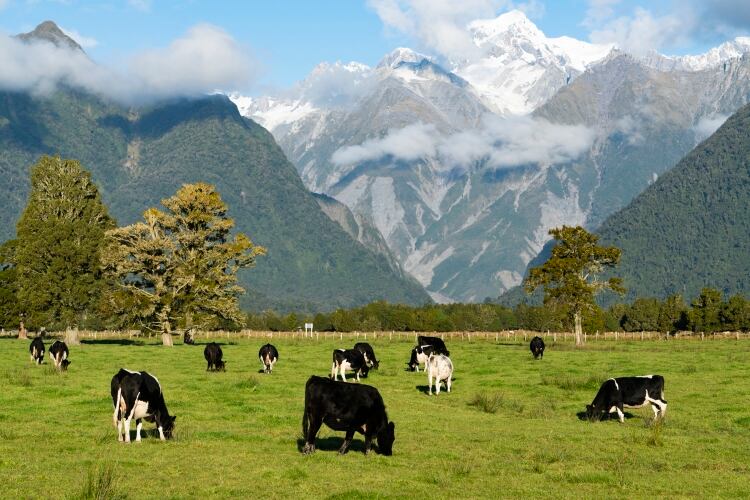The organization’s new report, Standing With The Frontlines, suggests out of 23 high-income countries, New Zealand’s level of climate finance funding ranks 21st when calculated on a per capita basis.
Oxfam’s analysis also highlighted what it said is the need for scrutiny of what is counted as climate finance, as some of New Zealand’s overseas development projects – including one in Myanmar aimed at growing dairy product volumes and markets – had funding attributed to “climate finance” yet had no apparent climate adaptation component.
The Myanmar Dairy Excellence Project had as its primary goal to help build “a profitable and competitive Myanmar dairy industry, providing quality livelihoods for farmers, and safe food for consumers.”
NZ$810,000 (US$573,000) of the total NZ$7m (US$5m) of the project was counted as climate adaptation finance between 2017 and 2018. Oxfam said that while the project might be a worthwhile economic development initiative, in the evaluation report of the project, climate change was not mentioned once.
The only climate-related aspect listed in the project evaluation was recommending less use of concentrate in cattle feed to reduce methane, but this was not listed in the design outcomes nor measured in the evaluation. It is not clear how this project contributed to climate adaptation, let alone the listed mitigation benefit of reducing methane.
Climate finance refers to funding of initiatives that meaningfully contribute to developing countries’ climate adaptation and mitigation efforts. Under international agreements stretching back to 2010, rich countries including New Zealand promised to help mobilize at least US$100bn in climate finance per year by 2025. The deadline for this collective goal has already been extended once, from 2020, after it became clear contributions would not meet the required threshold.
New Zealand performs well in other areas of climate finance, such as providing grants instead of loans. Given that many countries over-inflate their climate finance by counting full loan and non-concessional grant values, New Zealand’s position improves slightly to 14th when adjusted for grant and grant-equivalent contributions – but this is still way below countries of comparable size such as Ireland and Denmark.
According to the latest reported figures, New Zealand provides NZ$10.60 (US$7.50) per capita per year in climate finance, or just under NZ$51m (US$36m) per year in total. Despite the government’s goal of providing NZ$75m (US$53m) a year in climate finance through to 2022, the country remains far behind contributing its fair share. Oxfam calculates New Zealand’s fair share of the US$100bn goal would range between NZ$301.5m (US$213m) and NZ$540m (US$382m) per year.
“Compared to other high-income countries, when population is taken into account, New Zealand is not a generous climate finance donor,” said Alex Johnston, Campaigns Lead at Oxfam New Zealand.
“New Zealand’s funding of climate action overseas is a crucial way that we can stand with those on the front lines of climate change. The way we deliver climate finance in the form of grants and with a large proportion towards adaptation sets us up to be a role model for other nations.
“But the quantities we are delivering are just not enough – we need to see a doubling of climate finance levels within a proportionately rising aid budget to get closer to doing our fair share. With the pivotal COP26 talks next year, and when we’ve just declared a climate emergency – now is the time to deliver.”

